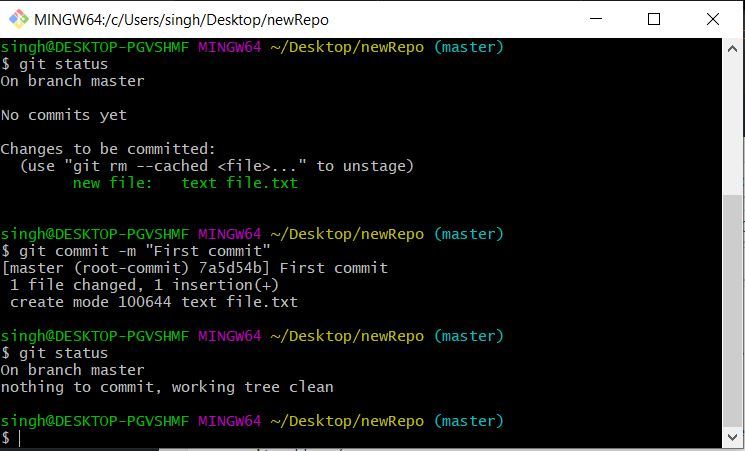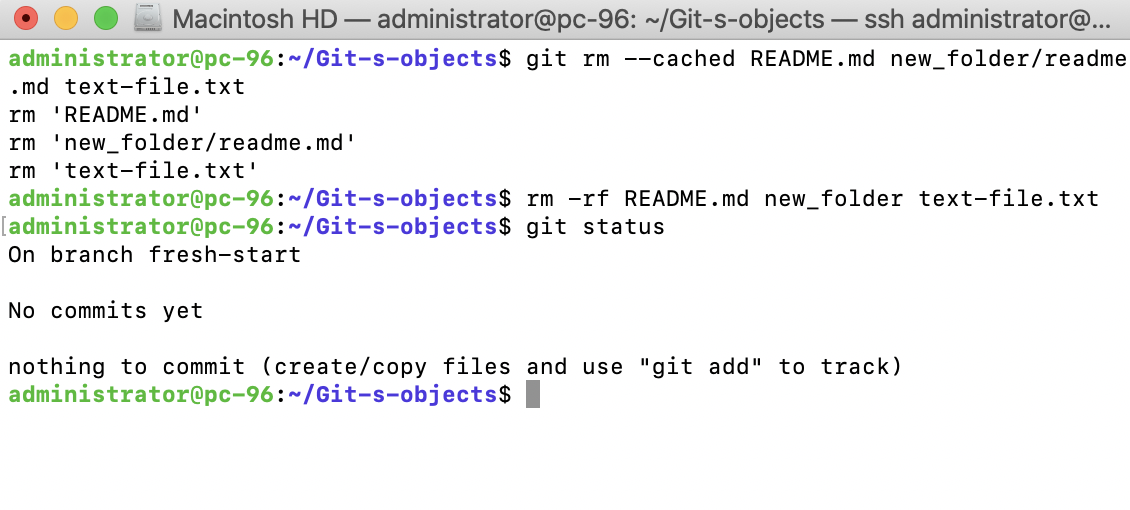

- #CREATE NEW BRANCH FROM MASTER GIT HOW TO#
- #CREATE NEW BRANCH FROM MASTER GIT UPDATE#
- #CREATE NEW BRANCH FROM MASTER GIT CODE#
GitHub allows you to perform most common tasks on its site via its web interface. Where symbolic_reference is replaced by something like HEAD~3, or a reference to the commit you want to branch from.įor more about branching in the command line, check out the Git documentation. You can view the commit history by typing: That allows you to check a previous stage of development to see the changes that were made. The commits you make form a continuous history of your project, which can be examined and revisited. Git keeps track of all the changes you make to your code.
#CREATE NEW BRANCH FROM MASTER GIT HOW TO#
In this article, you’ll learn more about Git’s data model and how to create branches using the command line, the GitHub online interface, or orphan branches, as well as the advantages of each method. This is why your branching strategy matters. If you have too many, or you don’t create them at the right point, your project can become a mess. How and when you create branches is a key part of having a defined workflow, which is essential to maintaining your Git repository. Being aware of these different methods and their advantages can help you work with Git more effectively.

If you work with Git, you’ve probably created branches many times, but there are several ways to do it. This means developers can make changes safely, then choose to either discard them or merge them with the rest of the project.
#CREATE NEW BRANCH FROM MASTER GIT CODE#
However, if other developers have checked out that feature branch, this method is not recommended, better to stick with the merge command for this scenario.Branching is one of Git’s key concepts, enabling one to work on a particular feature without affecting code elsewhere. This indicates that the diverging commits will now consist of \new commit hashes\ because its history will be written again into the master branch.Īdditionally, if our feature branch is already pushed to the remote master branch, then we need to force push to get it to update: git push origin feature -force Rebase shifts up all diverging commits of the feature branch.
#CREATE NEW BRANCH FROM MASTER GIT UPDATE#
Update Master Branch Using the rebase CommandĪs we have the situation where we want to rebase the latest commit from the local branch to the master branch, then we can use the below command to rebase the commits. If we don’t find a conflict in the working directory, a new commit will be pushed directly to a remote branch. When we are going to commit the changes from the local branch to the remote branch, and if we find some conflicts in it, we’ll first merge the conflicts into a single file and create a new merge commit for it. Update Master Branch Using the merge Command in GitĪs we have the situation where we want to merge the latest commit from the local branch to the master branch, we can use the below command to merge the commits. So how would we merge the above commit from the local branch to the master branch? We have two solutions now, the first is using the merge commands, and the other is the rebase commands in Git. git branchĪnd there are new commits available on the origin/master branch of the repository: git fetch The current state of the branch is following. Let’s suppose we are on any feature branch in the repository we created to add the sub-feature in our development process. Merging creates more commitment while rebasing rewrites history in the repository. If we want our git feature branch to be updated with the new changes from the master branch, we need to follow either one of the following techniques: This article will guide us on updating a Git branch using the below-mentioned methods. In Git, the most important and useable feature is branching which is a part of our daily development process. The feature branching can be found in most modern and unique version control systems. This article is all about the git update master branch commands, and we will discuss the complete Git update branching model. One common issue is when one team member makes changes in his local branch, while others work on that remote branch and then combine their changes to the remote master branch.įurthermore, if we push the working local branch and don’t pull the remote master branch, then we have to rewrite other developers’ changes in the remote master branch. While working in Git with many developers and analysts working simultaneously on the various branches, we could come across many issues.


Update Master Branch Using the merge Command in Git.


 0 kommentar(er)
0 kommentar(er)
